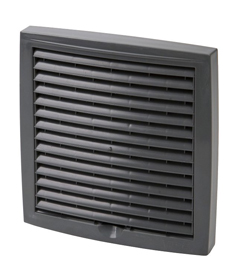
Categories
- Home
- Automotive Exhaust Ventilation
- Exhaust Fan Ventilation
- Exhaust Ventilation Fan
- Exhaust Ventilation Fans
- Exhaust Ventilation FAQs
- Exhaust Ventilation Hose
- Exhaust Ventilation System
- Garage Exhaust Ventilation
- Garage Exhaust Ventilation System
- General Exhaust Ventilation
- Local Exhaust Ventilation Definition
- Local Exhaust Ventilation Design
- Local Exhaust Ventilation Suppliers
- Local Exhaust Ventilation Systems
- Local Exhaust Ventilation Testing
- Mechanical Exhaust Ventilation Systems
- Portable Local Exhaust Ventilation
- Shop Exhaust Ventilation System
- Vehicle Exhaust Ventilation System
- Ventilation Exhaust Fan
- Ventilation Exhaust Fans
- Ventilation Exhaust Systems
- Welding Exhaust Ventilation
Mechanical Exhaust Ventilation Systems
Mechanical exhaust ventilation systems are some of the most useful devices you can install in the workplace. Depending on the type of work that goes on in your workplace, you may actually be exposed to a whole host of hazardous contaminants without being aware of it. Suffice it to say that if you work with chemicals, industrial agents, and fuel driven machinery or vehicles on a regular basis, investing in a good mechanical exhaust ventilation systems is a must.
Location specific ventilation systems
When tackling the design and implementation of mechanical exhaust ventilation systems, you will have to consider the specific conditions of the planned area. While the specifics of such a system may of course vary depending on the environment and location factors, there are a few things that remain constant. For starters, you will have to make sure that your mechanical exhaust ventilation systems:- handle the task of drawing out contaminated air effectively
- enable the flow of clean air into the facility
- handle its fundamental functions without disrupting the day to day activities in the said space
- is designed in such a manner that it does not interfere with the overall design of the space
Working with the ventilation system
There are a few other considerations of course, with some locations requiring mechanical exhaust ventilation systems to work in conjunction with several other components of a more comprehensive filtration or maintenance system. Nevertheless, that list should give you a good starting point in terms of determining the feasibility of the various types of mechanical exhaust ventilation systems for your specific needs.Principles of mechanical exhaust ventilation systems
There are also a number of basic principles that installers of mechanical exhaust ventilation systems need to adhere to in order to conform to industrial and governmental regulations. Before installing such a system, you will have to make sure that:- all air currents in the immediate vicinity are eliminated
- airflow resistance throughout the system is reduced
- the hood and appropriate components is sufficiently enclosed
It is also absolutely necessary to make sure that airflow resistance is minimized as much as possible throughout the entire mechanical exhaust ventilation system. Just as any air currents in the room can severely affect the ability of the system to carry out its basic functions effectively, so too will air resistance make the entire system less effective.
Finally, you will have to make sure that the hood is enclosed sufficiently. Not only will this help ensure the effectiveness of your mechanical exhaust ventilation systems, it will also prevent the contaminants in the air from flowing back into the room.
Back to Top
